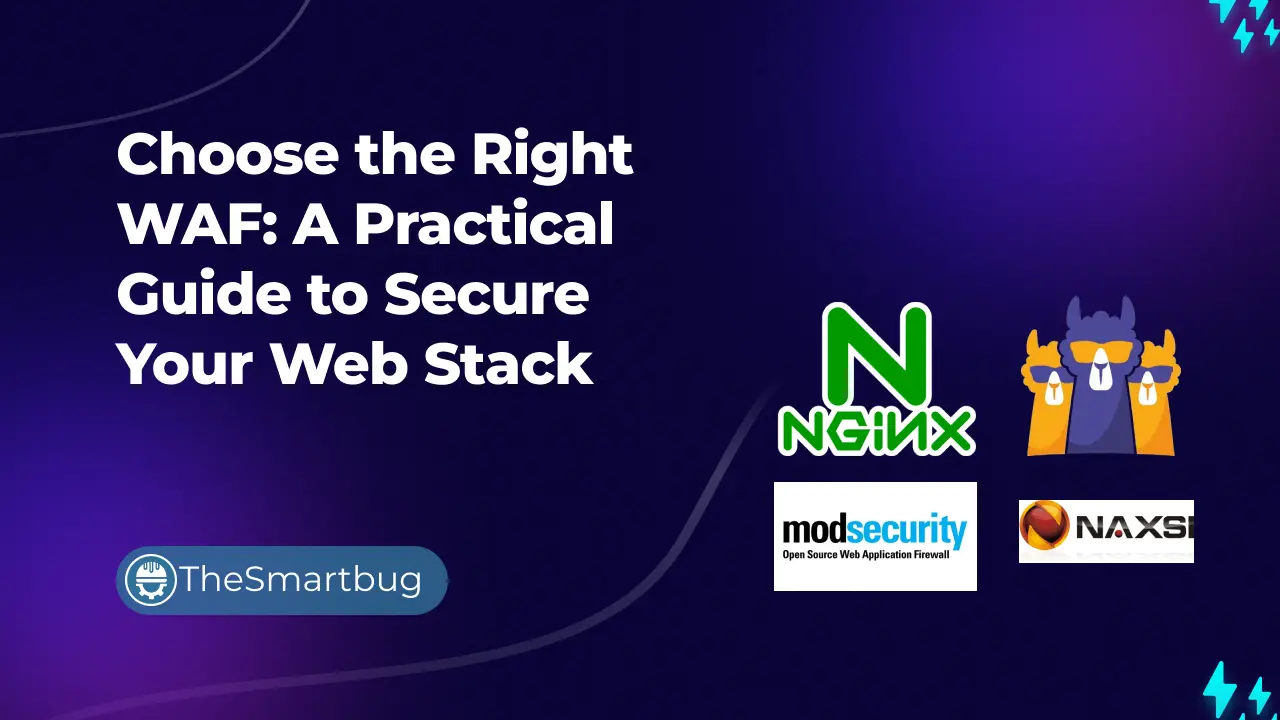Introduction
Web Application Firewalls (WAFs) act as critical sentries for your application infrastructure, filtering malicious traffic before it reaches your servers. But with a growing variety of open-source WAFs available—each with its own philosophy, architecture, and trade-offs—it can be difficult to determine which one fits your specific use case. Whether you're running a high-performance NGINX stack, an Apache server, or a Kubernetes-based application mesh, there’s likely a WAF designed with your needs in mind. Here's a quick overview of the most prominent open-source WAFs, where they shine, and where they might fall short



